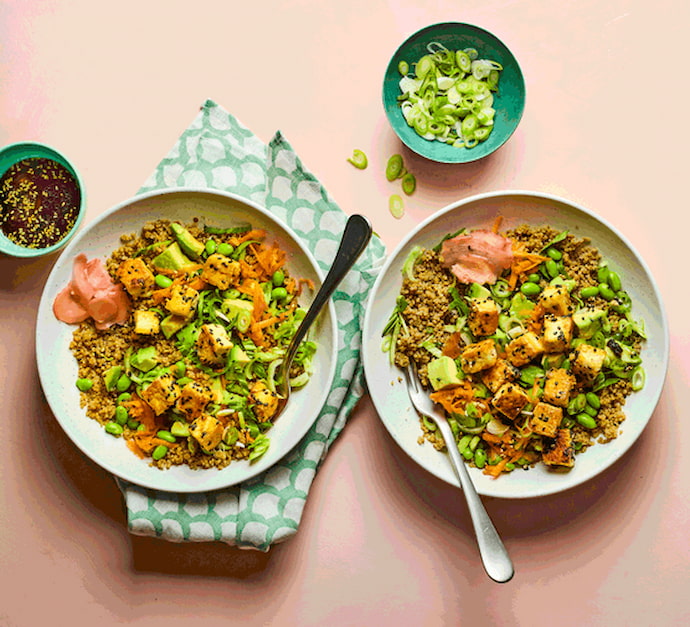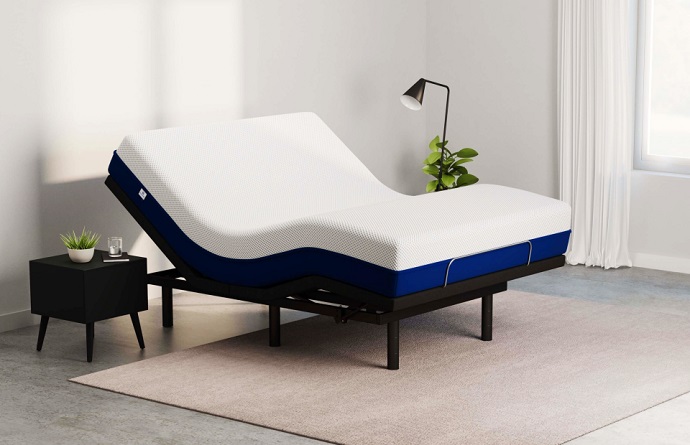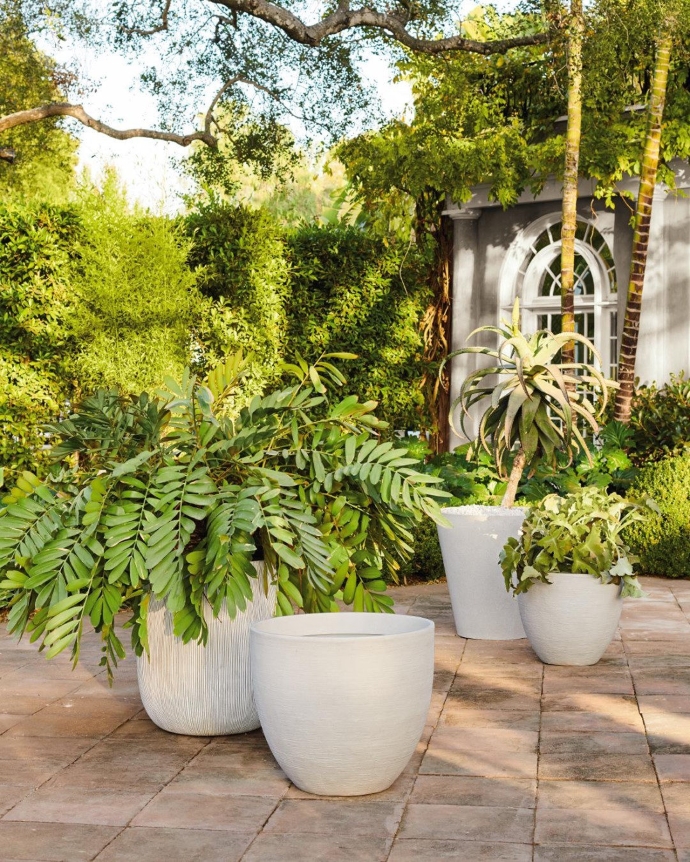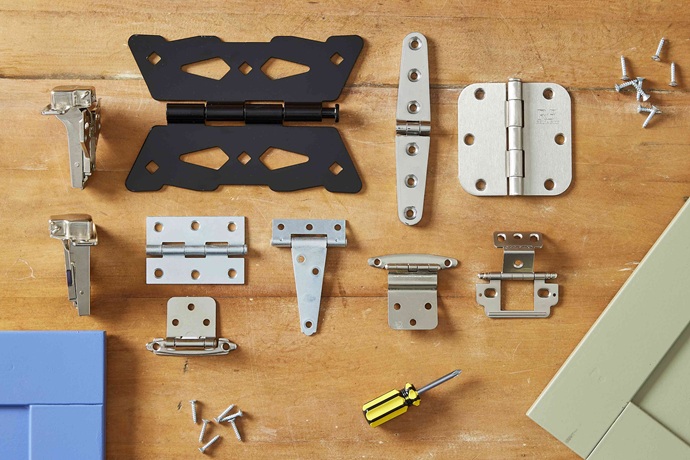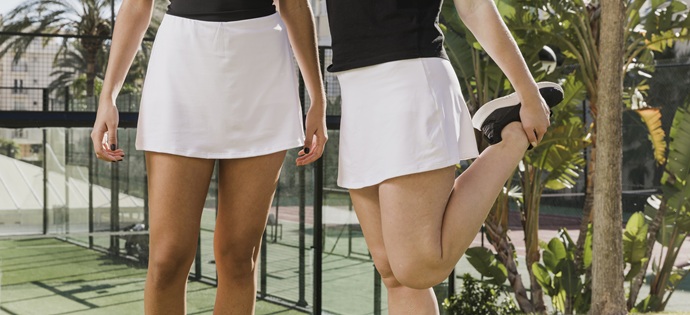Aussies have no shortage of inspiration when it comes to cycling. We’ve scooped up dozens of medals and podiums at the biggest track, road and triathlon events, with some riders now household names. To come to that level of competition there’s a lot of work involved. Besides the hours in the saddle every day, there are also strenuous workouts with weight training to build and tone muscle. For most of us though, cycling is recreational, and the health and fitness benefits are just the by-products that come with the fun.
Biking has also brought back basic skills that modern-day convenience has taught us to forget. Maintenance doesn’t involve a degree in rocket science and every rider should be equipped with tools to fix simple issues and a couple of spare bike tubes in case of punctures. Both will hardly make a dent in your wallet, and rule out the inconvenience on longer rides.
Inner Tubes and Which Ones are Right for Your Bike
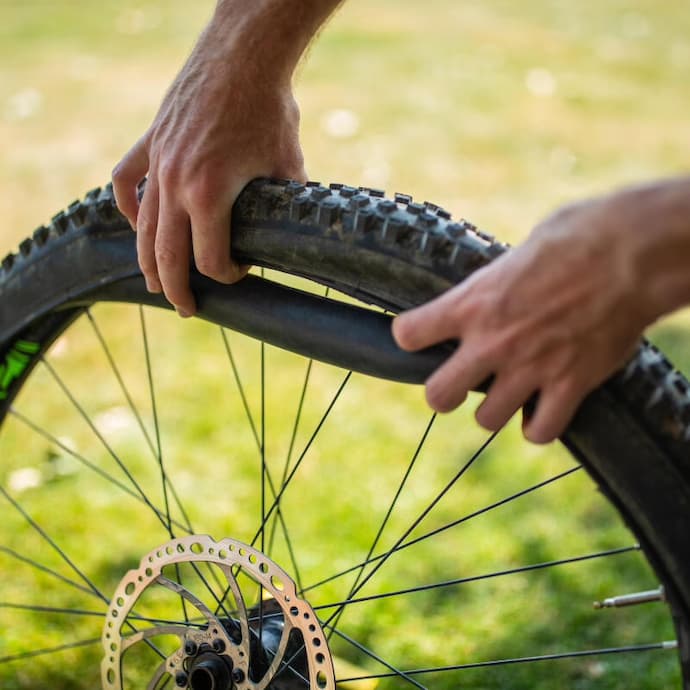
Inner bicycle tubes are what go on bikes with clincher tyres and wheelsets. This is most bikes sold and ridden today. They’re one of the simplest and cheapest parts, but without tubes pumped to the right pressure, you won’t be going anywhere. Choosing what’s right is all down to the type of bike you have. Here you need to pay attention to tube size, the valves they come with and to a lesser extent the materials they’re made of.
Inner Tube Sizing
Diameters
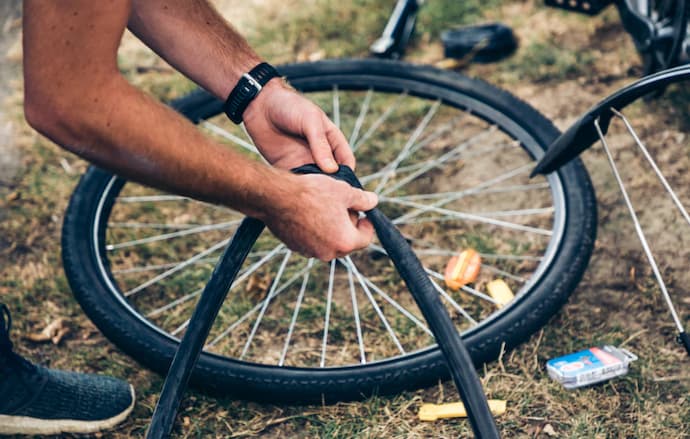
The sheer variety of different tubes can mean you’ll be riding in circles as to which one to pick. Size is the most important factor as you’ll want a tube that’s right for the wheel. Here diameters and wheel width come into play. For most road bikes look for 700c tubes to match the 700c wheels. In some circles, these are also known as 28-inch tubes.
For mountain bikes, commuters and hybrids there are more wheel sizes, so more tubes to choose from. Here sizing is often in inches, and you’ll see tyres and tubes sold in 26, 27.5 and 29 inches. The same goes for kid’s bikes with wheels taking tubes in 16, 20 and 24 inches.
Width
There’s more variety in the overall width of inner bicycle tubes. This is in millimetres for road bikes anyway. These have narrower tyres and inner tubes, so sizes like 23, 25, 28 and even 32mm are common. Again this needs to fit the side walls of the wheels, and going for something wider often won’t be an issue. Check your wheel specs for recommended tube widths. Gravel bikes for instance will have wider tubes (some going to 50mm) to get better traction in the dirt.
Wider tubes offer more comfort and there’s scope for adjustment with going one size bigger. For mountain bikes, widths like diameters are in inches, and here there are tubes to suit different types of bikes and tyres. For hardtails (most MTBs), widths are up to 2 inches, XC bikes typically go to 2.3 inches and trail and enduro bikes have tubes averaging 2,6 inches and fat bikes have wheels that can accommodate tubes over 3 inches in width.
To recap, choose a tube in the right diameter, but have in mind there’s more leeway in widths.
Valves
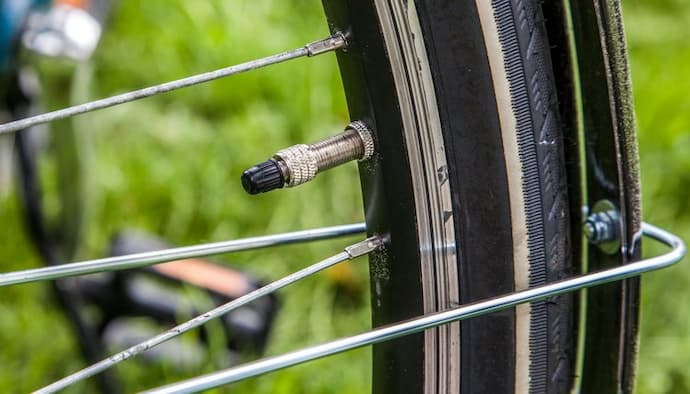
Bike wheels and tubes come with either a Presta or Schrader valve. Presta valves are the thinner and longer of the two, consisting of a screw at the tip that riders unscrew to inflate the tube with a compatible pump. Pressing on the screw deflates the tyre. Screws in Presta valves are in different lengths, so if you’re riding bikes with deeper section wheels, check the length of the valve to make sure it fits.
Schrader valves are the ones that you’ll also see on cars and are more common in tyres and tubes in bikes at lower price points. Here compatibility is key, as the valves are designed for different wheels. Inner tubes with Schrader valves won’t fit wheels designed with narrower openings and specifically for Presta valves. You can fit a tube with a Presta valve on wheels for Schrader valve tyres, but the resulting play in the tube and wheel will most often lead to deflating, or puncturing if more pressure is needed.
Inner Tube Materials
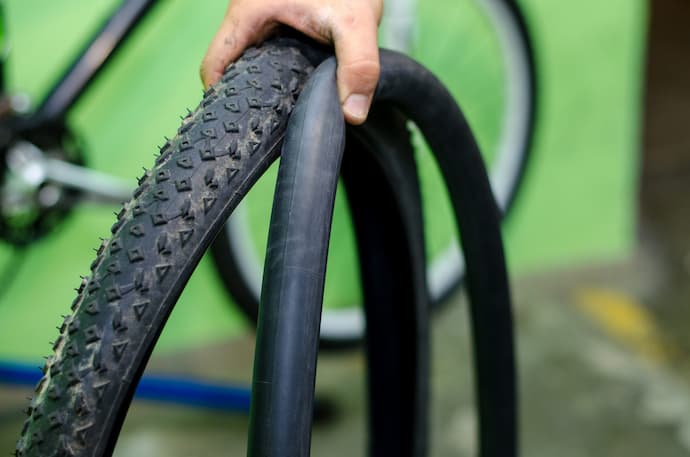
Inner tubes are made of natural or synthetic rubber, either latex or butyl. Butyl tubes are more common, simply because they’re cheaper. They’re also a tad heavier (and we all know how cyclists are obsessed with weight). They’re simple to repair with basic puncture kits so good for most recreational riders. If you’re serious about cycling, have in mind that butyl tubes have more rolling resistance so if outright speed is your goal then thinner and lighter latex inner tubes might be a better option. The downside to latex is that tubes are harder to fit, they’re also more fragile and will leak more often, requiring you to check the air pressure before every ride. Repairing them also means more work.
Some manufacturers boast tubes that are more puncture resistant, or even self-sealing. For most riders though simple repair kits containing sealants and patches will do a fine job in getting you home and changing out to a new inner tube.
How About Tubeless Tyres?
Tubeless tyres don’t have an inner tube, but create an airtight seal against the rims with the right pressure. They are however harder to get right. The benefits of tyres without inner tubes are the reason why most new mountain bikes, and now even entry-level road bikes come with tubeless tyres and wheelsets. Rolling resistance for one is greatly improved, as is the lower chance of punctures. If your bike is fitted with wheels that take inner tubes, there’s always the option of going tubeless. But as with everything in bike upgrades, costs can soon start hurting.









